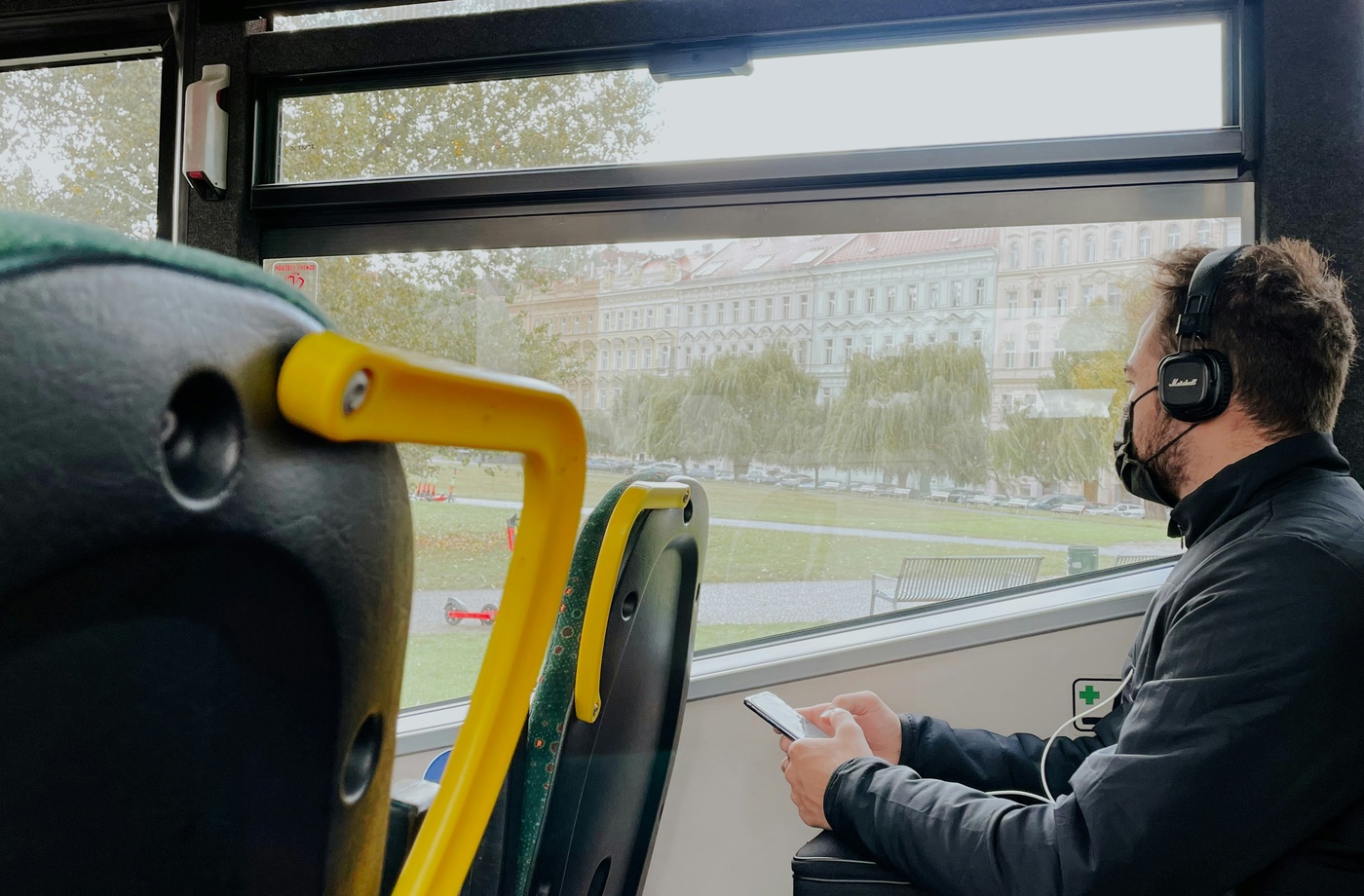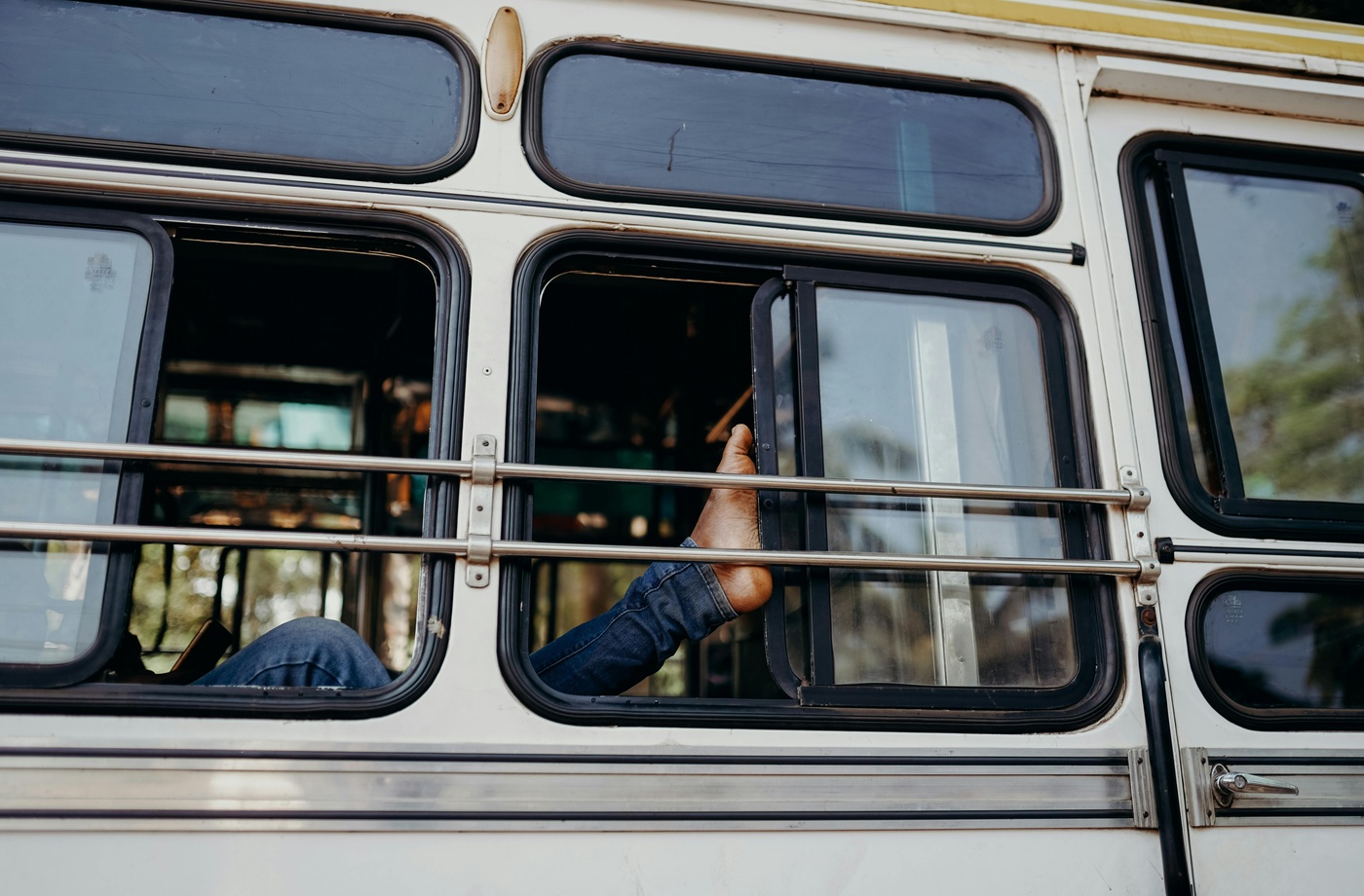Riding the bus can be a calm, convenient experience—or it can be crowded, noisy, and stressful. Whether you’re commuting to work, heading to class, or taking a long-distance trip, timing your ride strategically can significantly improve the quality of your journey. Knowing when the bus is least crowded can mean better seats, fewer delays, and a more peaceful ride.
Here’s how to identify the quietest times to ride the bus and why it can make a difference in your travel routine.
- Off-peak hours offer a smoother experience
Most public transportation systems experience rush hours during the following windows:
- Morning Peak: 7:00 AM – 9:00 AM
- Evening Peak: 4:30 PM – 6:30 PM
Riding outside these hours—typically mid-morning (9:30 AM – 11:30 AM) and early afternoon (1:30 PM – 3:30 PM)—offers a quieter ride with fewer passengers. Weekdays between Tuesday and Thursday tend to be calmer than Mondays or Fridays.
For long-distance bus lines like Greyhound, Megabus, or FlixBus, overnight departures or midday trips are typically less crowded than peak-time or weekend travel.
- Fewer riders = better seating options
If you’re hoping to claim a window seat, spread out your belongings, or avoid sitting next to another passenger, traveling during off-peak hours increases your odds. For overnight rides, choosing quieter time slots can also make it easier to sleep without disruptions.
- Reduced noise and distractions
Quiet buses are ideal for those who want to read, work, listen to music, or simply decompress during the ride. With fewer conversations, less commotion, and reduced stop-and-go activity, your ride becomes more relaxing and productive.
- More reliable travel time
Crowded buses can lead to delays when boarding, disembarking, or navigating traffic. Off-peak travel generally moves more smoothly, helping you stay on schedule. Use real-time tracking tools like Transit App, Moovit, or Citymapper to monitor current crowd levels and estimated arrivals.
- Planning tools can help you predict crowd levels
Many transit systems now include bus occupancy data in their apps or third-party platforms. For example:
- MTA BusTime in New York shows bus location and load status
- WMATA in Washington, DC offers live tracking and service alerts
- Smart shopping before or after your ride
If you’re heading to the store after your quiet commute, consider using cashback tools to save. Apps like Fluz let you earn instant cashback by purchasing digital gift cards for merchants such as:
- Walmart – for groceries and travel supplies
- CVS – for snacks and commuter essentials
- Amazon – for gear, accessories, and more
Visit the Fluz homepage to explore gift card savings and optimize your commute-related purchases.
- Best quiet time strategy
- Start early or travel mid-morning for less crowding
- Ride between lunch and afternoon rush when most people are at work
- Check service alerts or occupancy levels before leaving home
- Avoid weekends and holidays when more people are likely to travel
Traveling at the right time makes all the difference. Whether you’re heading across town or across the state, a quiet bus ride can set the tone for a more productive, relaxed, and enjoyable day.



